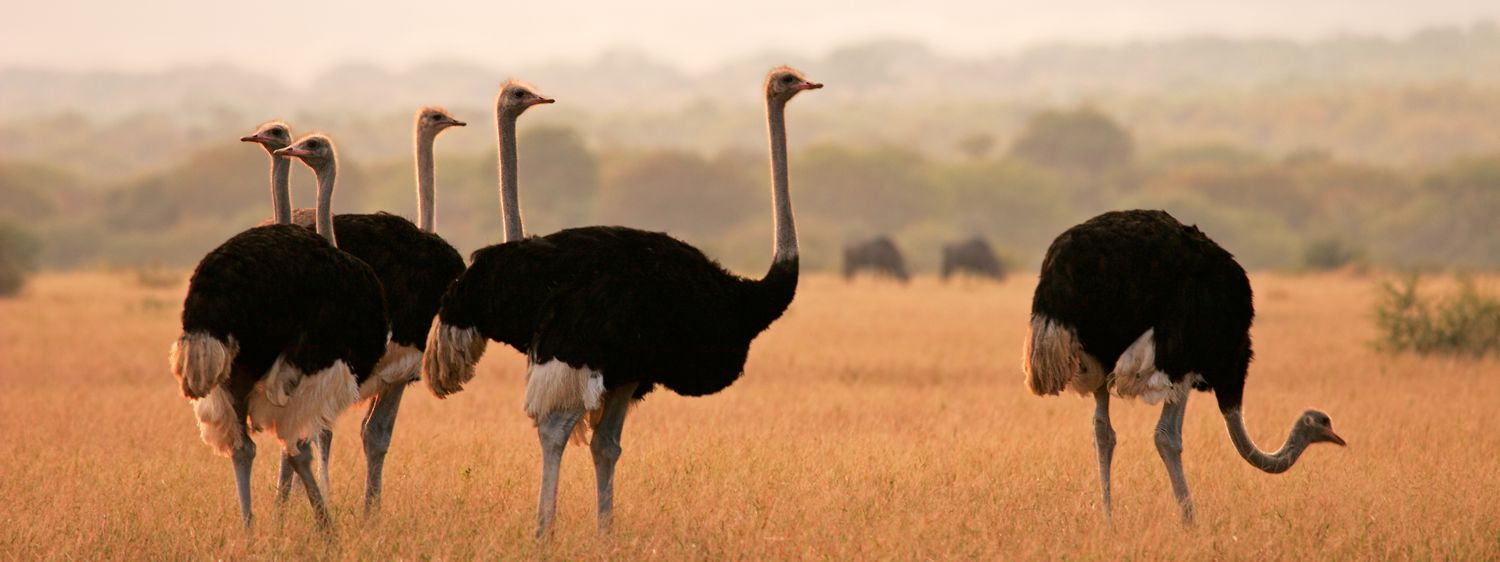The ostrich (Struthio camelus) is the world’s largest and heaviest bird, instantly recognizable by its long neck, powerful legs, and large, expressive eyes. Native to Africa, this flightless bird is a marvel of evolution, perfectly adapted to life on the open savannah.
Physical Characteristics and Behavior
Standing up to 2.7 meters tall and weighing as much as 150 kilograms, the ostrich is built for speed rather than flight. Its long, muscular legs allow it to sprint at speeds of up to 70 km/h, making it the fastest two-legged animal on land. Despite its size, the ostrich is surprisingly agile and can change direction quickly while running.
Ostriches are social animals, often found in groups ranging from small family units to larger flocks of up to 50 birds. They communicate through a variety of hisses, booms, and grunts, and during mating season, males perform elaborate dances to attract females. Interestingly, ostriches share communal nests, where several females lay their eggs in a single large pit, with the dominant female’s eggs placed in the center for better protection.
Habitat and Distribution
Ostriches are native to the open plains and arid savannahs of sub-Saharan Africa. They thrive in dry, hot environments where they can use their keen eyesight to spot predators from afar. Countries like Namibia, Botswana, South Africa, Kenya, and Tanzania are home to large populations of wild ostriches. They are also commonly seen in protected areas such as national parks and private game reserves.
Ecological Role and Conservation
As herbivores, ostriches feed on a variety of plants, seeds, and occasionally insects, playing a role in seed dispersal and vegetation control. Though not currently endangered, their populations are affected by habitat loss and hunting in some regions. Conservation efforts and sustainable ostrich farming have helped maintain stable numbers in many parts of Africa.



